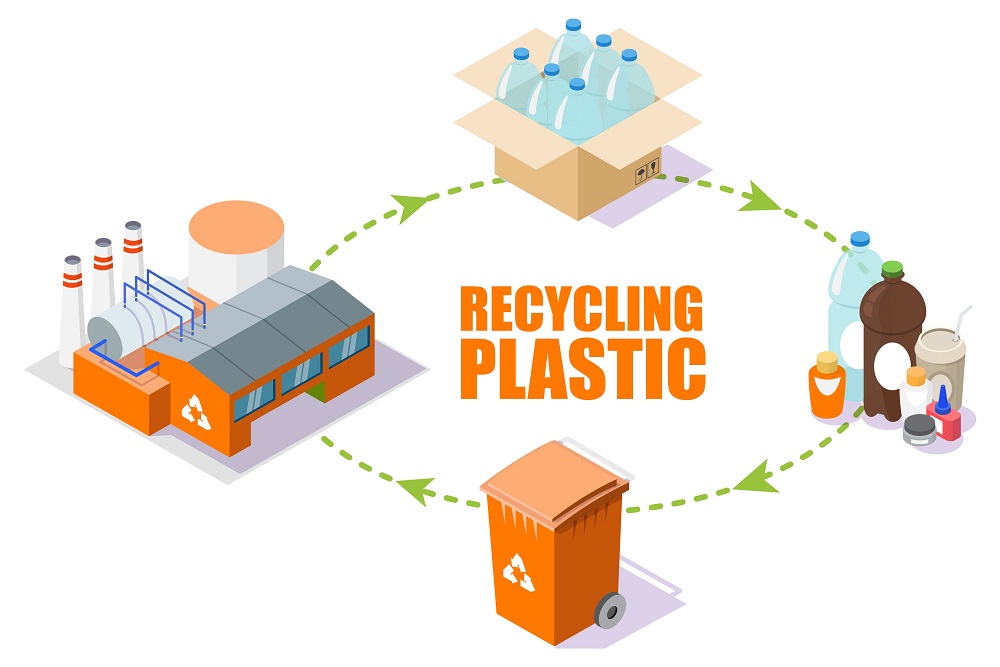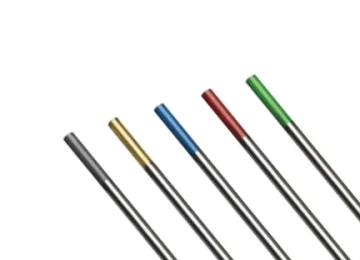You can run a simple internet search on the phrase ‘life cycle of plastic’ and find plenty of articles discussing the topic. Many of them contain quite a bit of helpful information. But is plastic’s life cycle truly a cycle? In most cases, no.
Whether or not a piece of plastic exists within a genuine life cycle really depends on what happens to it at the end of its useful life. If it winds up in a landfill never to be utilized again in any way, shape, or form, there really is no cycle at all. Its life is more linear than anything else. But if a piece of plastic is recycled, then you have a genuine cycle to talk about.
- Plastics Are Polymers
Understanding why so much plastic never gets recycled begins with understanding what the material actually is. All plastics are polymers. A polymer is a material made from molecules that are linked together in long, repeating chains. They can be either natural or synthetic. Plastics are synthetic polymers made from natural materials.
Did you know that most plastics are derived from fossil fuels? Materials like oil and natural gas are mind and sent to refineries for processing. During processing, various components are separated and dedicated for certain uses. Ethylene and propylene are two of the separated components. They are used to make plastic polymers.
Polymerization, which is the process of combining molecules to form polymer chains, creates something known as a resin. Resins are the main ingredient in plastics. They are combined with other ingredients, like hardeners, to create all the plastic products we now take for granted.
- Recycling Plastics
Getting back to the life cycle question, a genuine cycle exists when plastic doesn’t wind up in a landfill. When it is recycled, it’s put back into the system and used again. Recycling is exactly what Tennessee-based Seraphim Plastics does. They recycle industrial plastic waste in seven states.
The plastics they purchase can be sent through a series of choppers and grinders to reduce it to what is known in the industry as plastic regrind. Manufacturers purchase the regrind material from Seraphim and then mix it with virgin plastic at a predetermined ratio to make new products.
- Landfilling Plastics
Unfortunately, what Seraphim Plastics does only accounts for a small portion of the plastic we create and use. More than 90% of our plastic winds up in landfills. Why? Because recycling and reusing is not always cheap. And if regrind costs too much money, manufacturers will purchase less expensive virgin plastic instead.
In recent years, the relatively low price of fossil fuels has likewise kept the price of virgin plastic quite low. But now that fossil fuel prices are on the rise, we may see a renewed interest in recycled plastic. It is true that none of us like higher prices at the pump. But there are silver linings to every bad scenario, and one of the silver linings to higher fuel prices is greater demand for recycled materials.
- The Rise of Bio Plastics
Almost all the plastics used around the world are synthetic materials made from fossil fuels. But, because polymers occur in nature, it is possible to make plastics from them. We call these materials ‘bio plastics’. And guess what? They are slowly emerging as a viable alternative to synthetic plastics.
It turns out that the life cycle of plastic isn’t always a cycle. But when it is, old plastic waste is recycled by companies that are able to make it work profitably. Maybe someday all our plastics will have a genuine life cycle.












